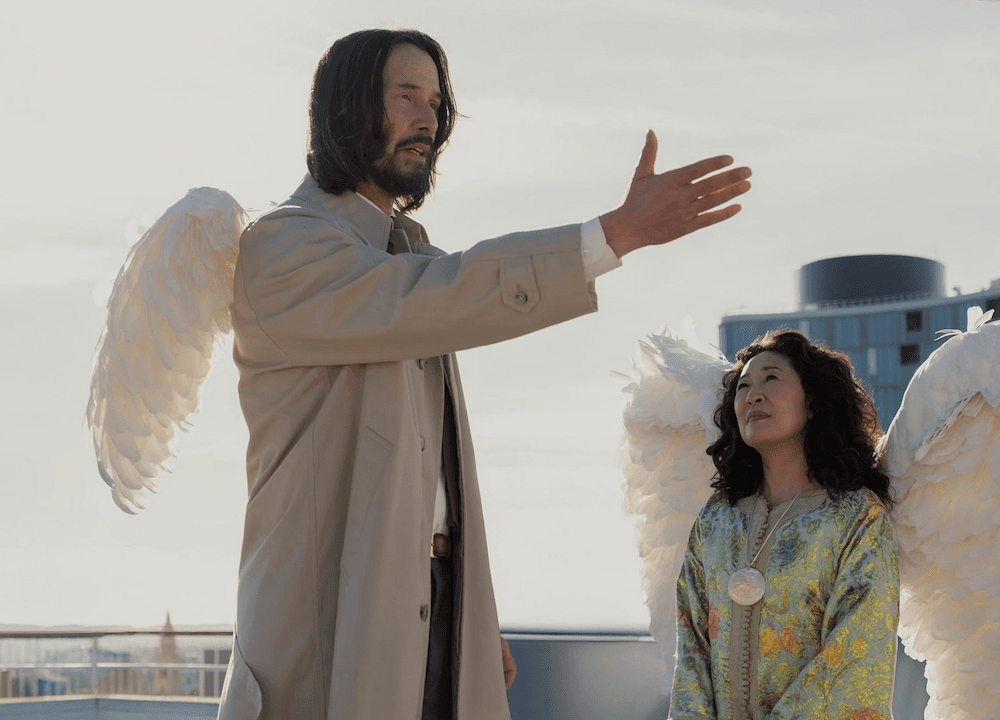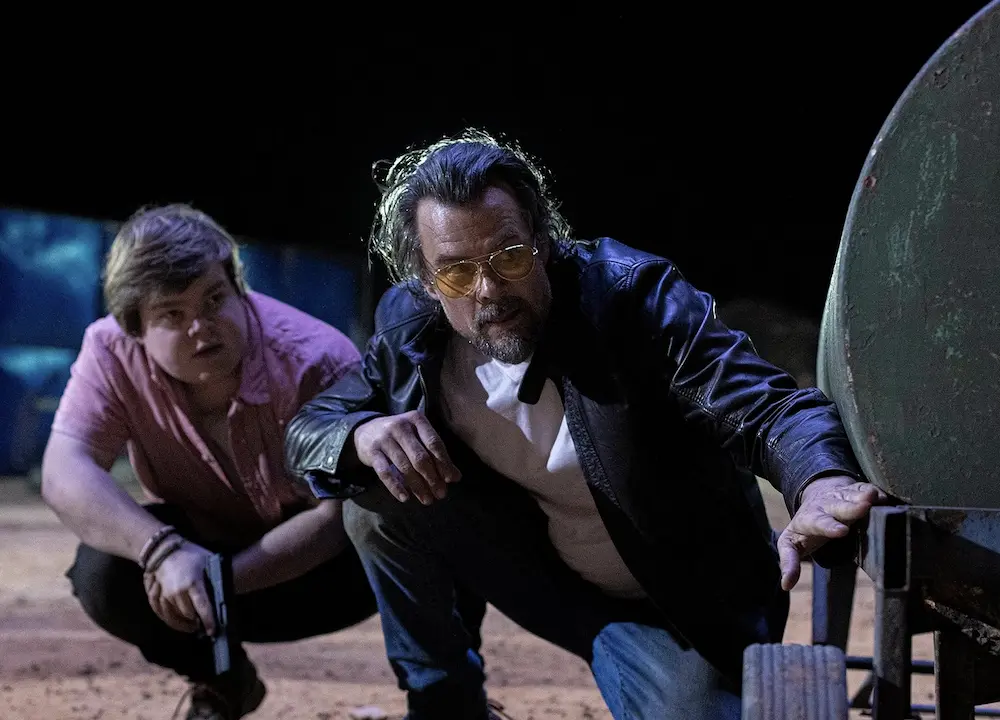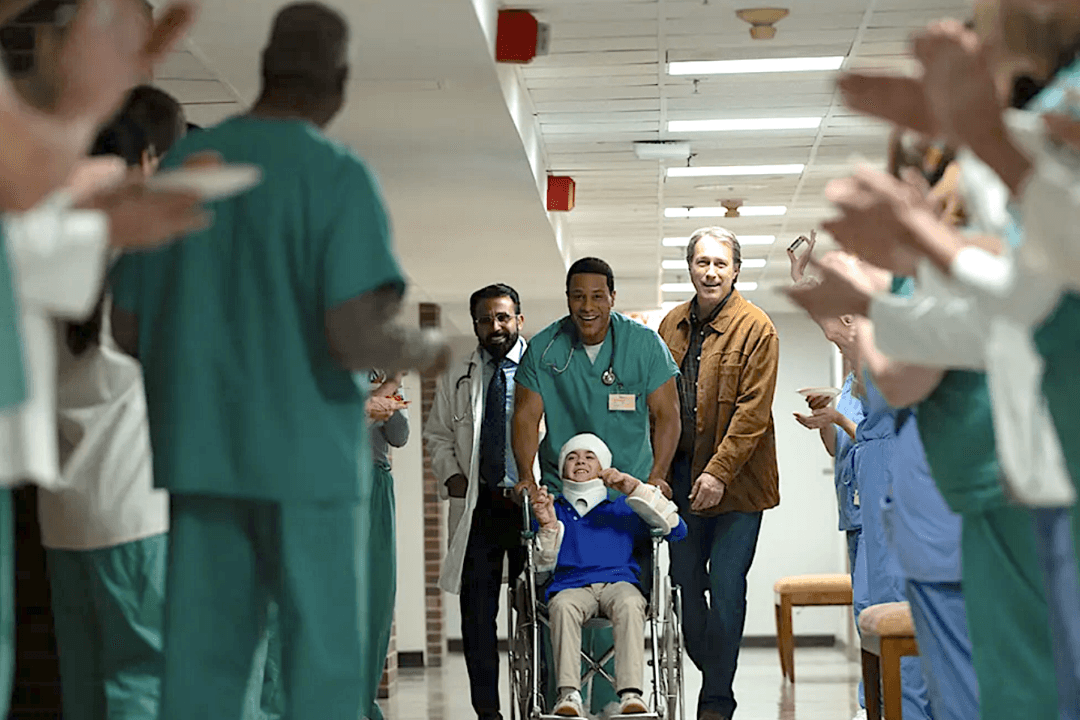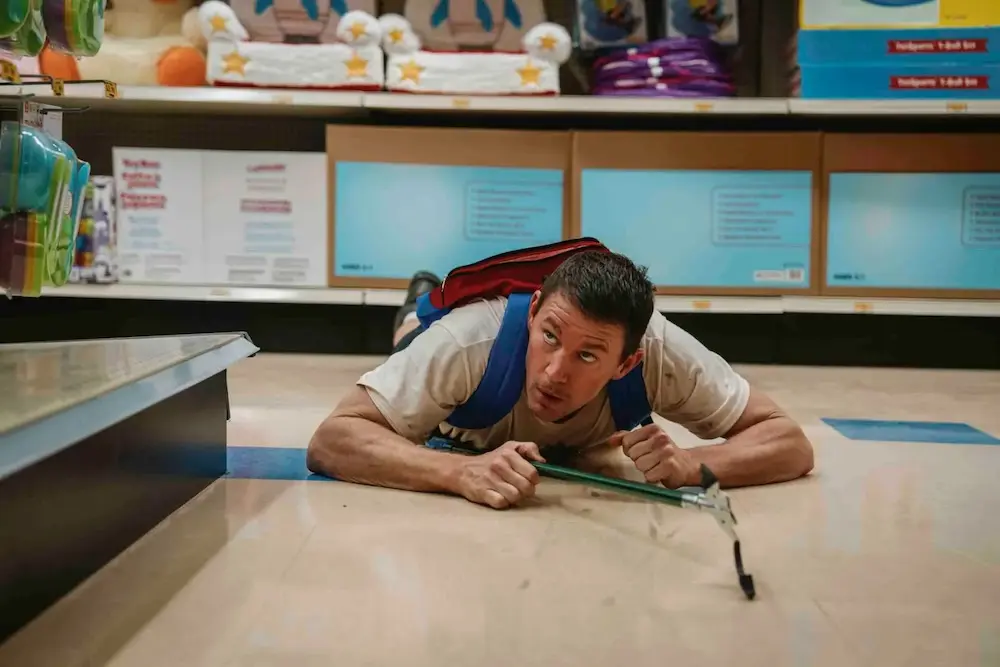I reviewed “Code Black” in 2014 when it came out, the same year my brother got brain cancer. Soon after writing the review, I flew from New York to California to take care of him. The doctor showed us a golf-ball-sized tumor. It needed to come out. More on this later.
Popcorn and Inspiration: ‘Code Black:’ Documentary on U.S. Medical System So Good It Spawned a TV Series
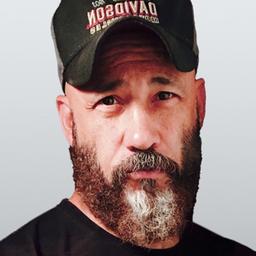
Mark Jackson
Film Critic
|Updated:
Mark Jackson is the chief film critic for The Epoch Times, and a Rotten Tomatoes-approved critic. He earned a bachelor's degree in philosophy from Williams College, followed by a classical theater conservatory training, and has 20 years' experience as a New York professional actor. He narrated The Epoch Times audiobook "How the Specter of Communism is Ruling Our World," available on iTunes, Audible, and YouTube. Mark is cited in the book "How to be a Film Critic in Five Easy Lessons" by Christopher K. Brooks. In addition to film, he enjoys Harley-Davidsons, martial arts, rock-climbing, qigong, and human rights activism.
Author’s Selected Articles

